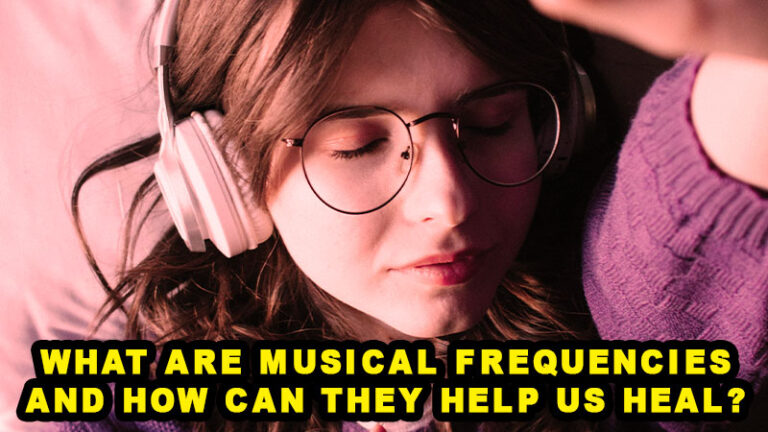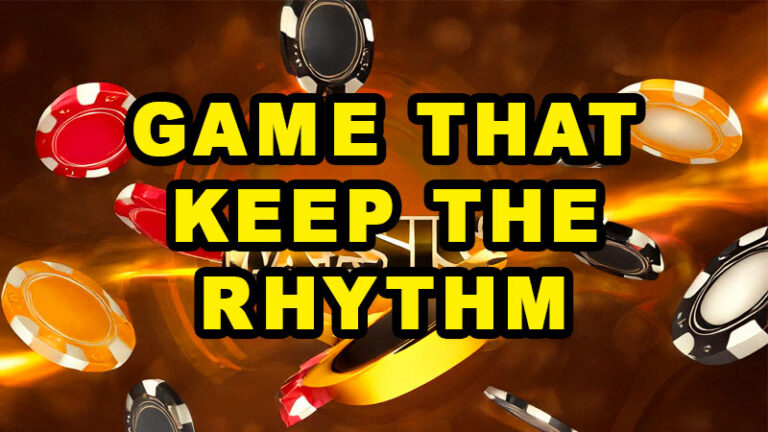Vinyl records are making a major comeback. Over 41 million vinyl records were sold in the U.S. a few years ago, even outselling CDs for the first time since the 1980s. This surge isn’t just driven by older listeners revisiting nostalgia; younger generations are getting on board too. Amazingly, about half of new vinyl buyers don’t even own a record player. That means many people are buying vinyl as collectibles or art pieces rather than strictly to play them on a turntable. Some die-hard enthusiasts will even use loan money to land a classic album they’ve been chasing, treating it as a piece of music history they can own. Vinyl is about the thrill of holding a tangible, vintage piece of culture.
But why do vinyl records vary so much in value? And if you’re interested in starting a vinyl record collection of your own, how do you begin? Today, we’ll explore why certain records command sky-high prices and how to start your vinyl collection.
Why Are Vinyl Records So Expensive?
Are vinyl records worth anything? Not every record is costly. Many great albums can be picked up for just a few bucks. However, some records are incredibly expensive due to a mix of factors. The value of vinyl records comes down to things like how scarce they are, what shape they’re in, and the story behind them.
If fewer copies of a record exist, its price will be higher. Some albums had only a limited number of pressings, making them hard to find. When an album is long out of print or only a few hundred were ever made, collectors will scramble to get one of the surviving copies.
Value is also driven by how many people want that record. If a hugely popular artist releases an album that becomes iconic, original vinyl copies might become highly sought-after decades later. Classic albums by The Beatles, Elvis Presley, or Nirvana, for instance, have large fan bases. When thousands of fans want an original but only a few are available for sale, the price goes up. Some of the most expensive vinyl records ever sold reflect this dynamic, like a rare copy of God Save the Queen by the Sex Pistols, which reportedly went for $20,000 due to its rarity and cultural impact.
A vinyl record’s value can also depend on its condition. Collectors pay a premium for records that are in excellent, near-mint shape—when the vinyl has no scratches, warping, or wear, and the cover and sleeve are intact and clean. On the flip side, if a record is worn, scratched, or has water damage and torn covers, its value drops.
Some vinyl records are worth money due to unique features or mistakes that make them stand out. Limited editions, such as albums released on colored vinyl or picture discs, also become collector’s items. A classic example is the Beatles’ Yesterday and Today (1966), which featured a controversial cover photo and quickly disappeared from stores.
Which Items Have Been Sold for the Highest Prices?
How much might vinyl records cost? Several examples of the most expensive vinyl records are:
Once Upon a Time in Shaolin (2015). That’s a modern album by Wu-Tang Clan, but only one copy was made. It was sold for $2 million. The buyer was Martin Shkreli, and he promised that the album couldn’t be commercially released for 100 years.
The Beatles (White Album, 1968) [Serial No. 0000001]. The Beatles’ self-titled double album had serial numbers on early copies. The first copy belonged to Ringo Starr, the Beatles’ drummer. He kept it for decades, and in 2015, Ringo’s White Album No. 1 was sold at auction for $790,000.
“Blowin’ in the Wind” (2021 one-off recording). In 2022, Bob Dylan auctioned a single copy of a new recording of his “Blowin’ in the Wind.” It was cut on acetate in a new analog format called “Ionic Original.” This copy sold for $1.77 million at Christie’s in London.
Beginner’s Guide to Buying Your First Records
Collecting records is a great hobby. To start, follow these tips:
Get a turntable. Before you start building your collection, make sure you have a way to listen to your records. A good place to start is with an inexpensive turntable that won’t damage the vinyl. This will help you evaluate the format and check the quality of your old records before buying new ones.
Find the music you love. Start by buying a few of your favorite albums on vinyl, so that you’ll love your collection from the start. It’s fine if these are not rare vinyl records at first. You should get familiar with records and enjoy the format.
Have an exact budget. Vinyl records range from cheap finds ($1 each) to premium new reissues ($30–40) to rare and valuable items that can cost hundreds. Decide how much you’re comfortable spending. It will make you more selective.
Grade conditions. As a new collector, learn how to judge a record’s condition. Get familiar with the grading terms like Mint (M), Near Mint (NM), Very Good (VG), Good, etc., which describe the condition of the item. When shopping, inspect used records closely.
Visit record stores. A big joy is crate digging – flipping through bins of records in search of treasures. Local independent record stores are great places to start. Flea markets and garage sales can also yield great finds. There’s always a chance you’ll discover a gem.
Organize your collection. If you start accumulating records, take care of them so they stay in good shape. Store vinyl upright, not stacked flat, to avoid warping the discs. Keep them in a dry place, and buy plastic outer sleeves to protect album covers from wear.
Attend fairs. There are record fairs where many vinyl vendors sell records. These events are ideal for creating your collection. You’ll find everything in one place. Record Store Day, an annual event, is a great opportunity; stores have special limited releases on that day.
Conclusion
Vinyl records prove that music is something you can see, hold, and cherish. Some expensive vinyl records are almost like trophies, showing rare moments and costing huge sums. And yes, vinyl records are worth money—sometimes a lot of it—depending on their rarity, condition, and demand. If you’re starting a vinyl collection, then collect what you love. Maybe today you’re grabbing a few popular albums to enjoy, and a year from now you’ll be hunting for that rare misprinted cover variant from the ’70s. Whether your records are worth five bucks or five hundred, each one can bring you happiness when you drop the needle and listen.





